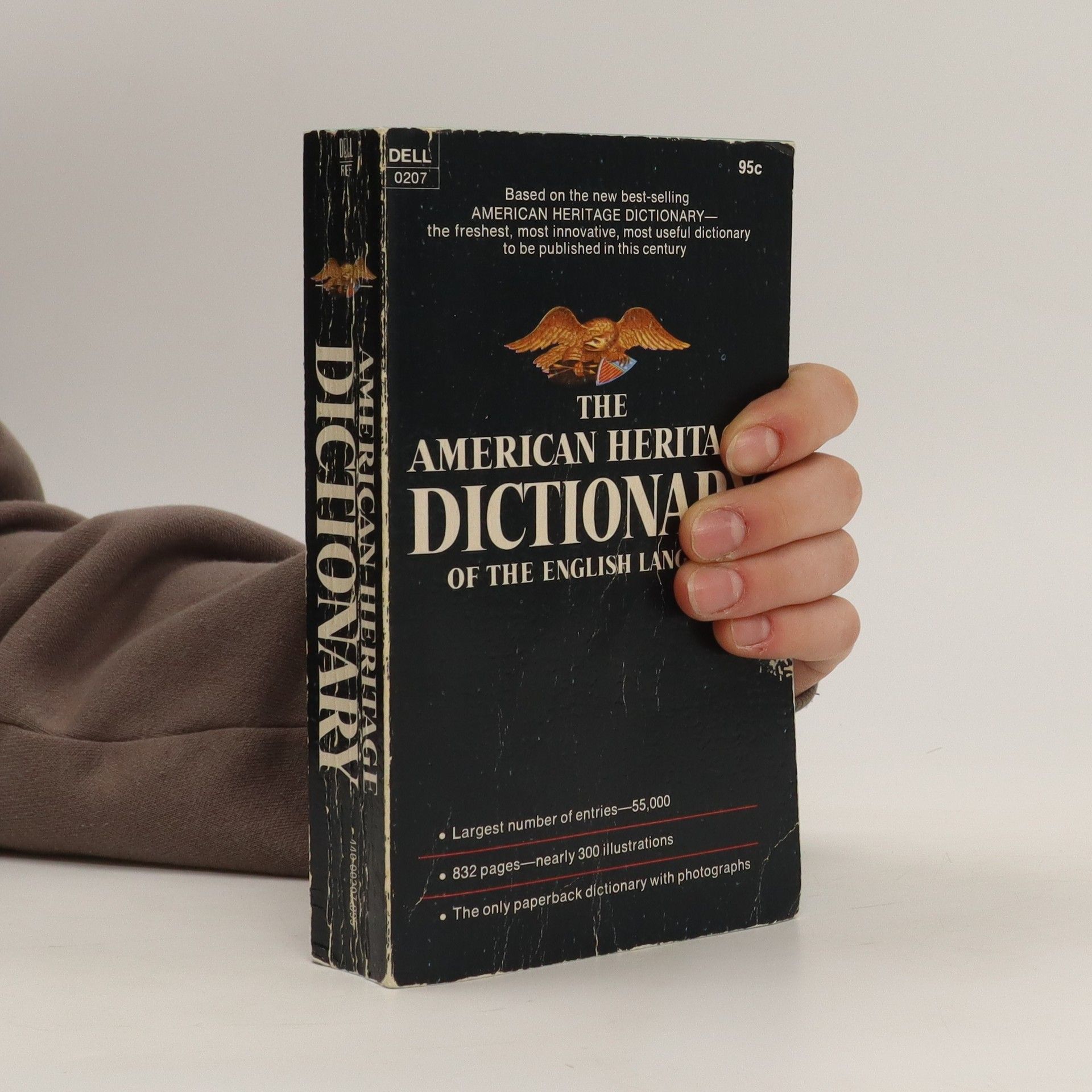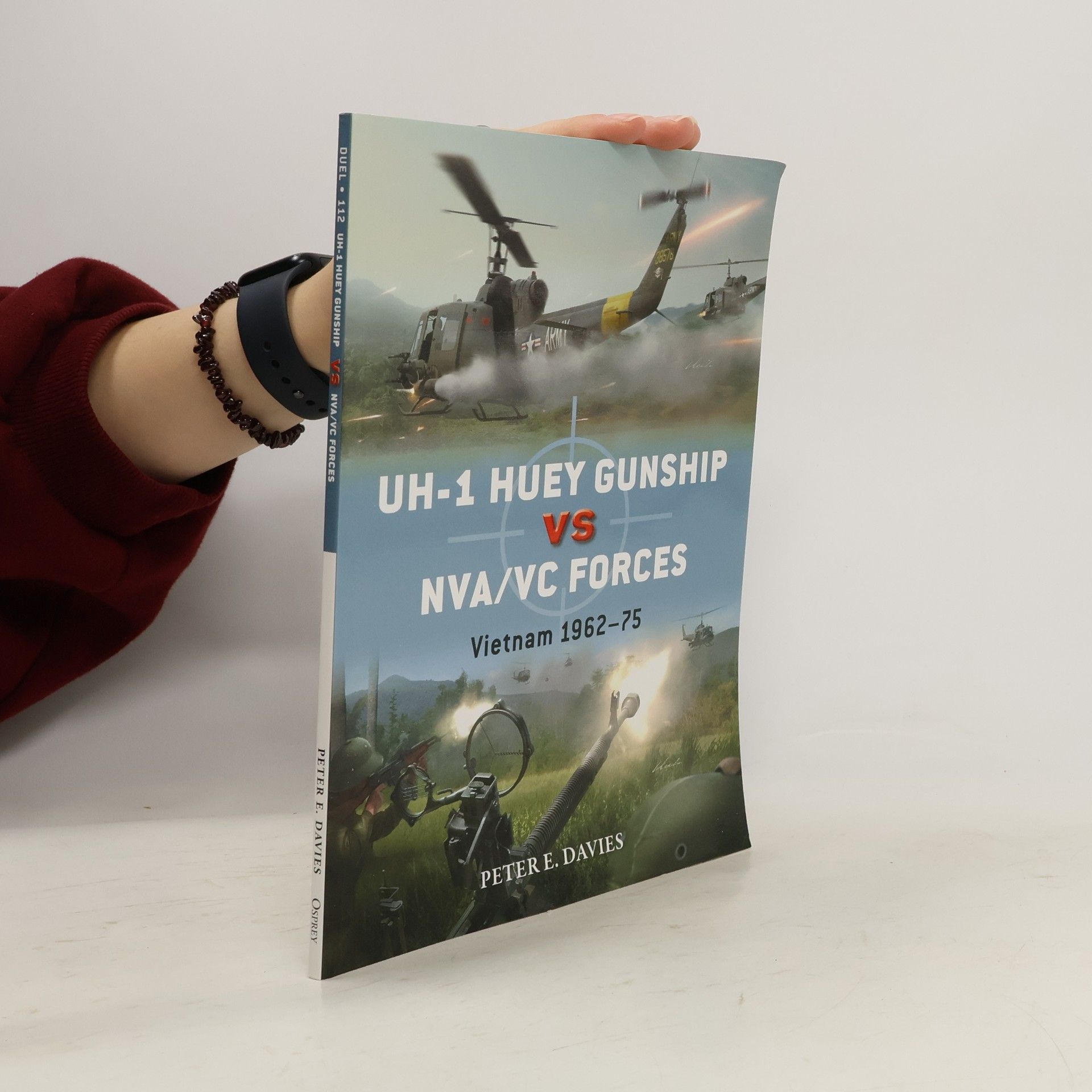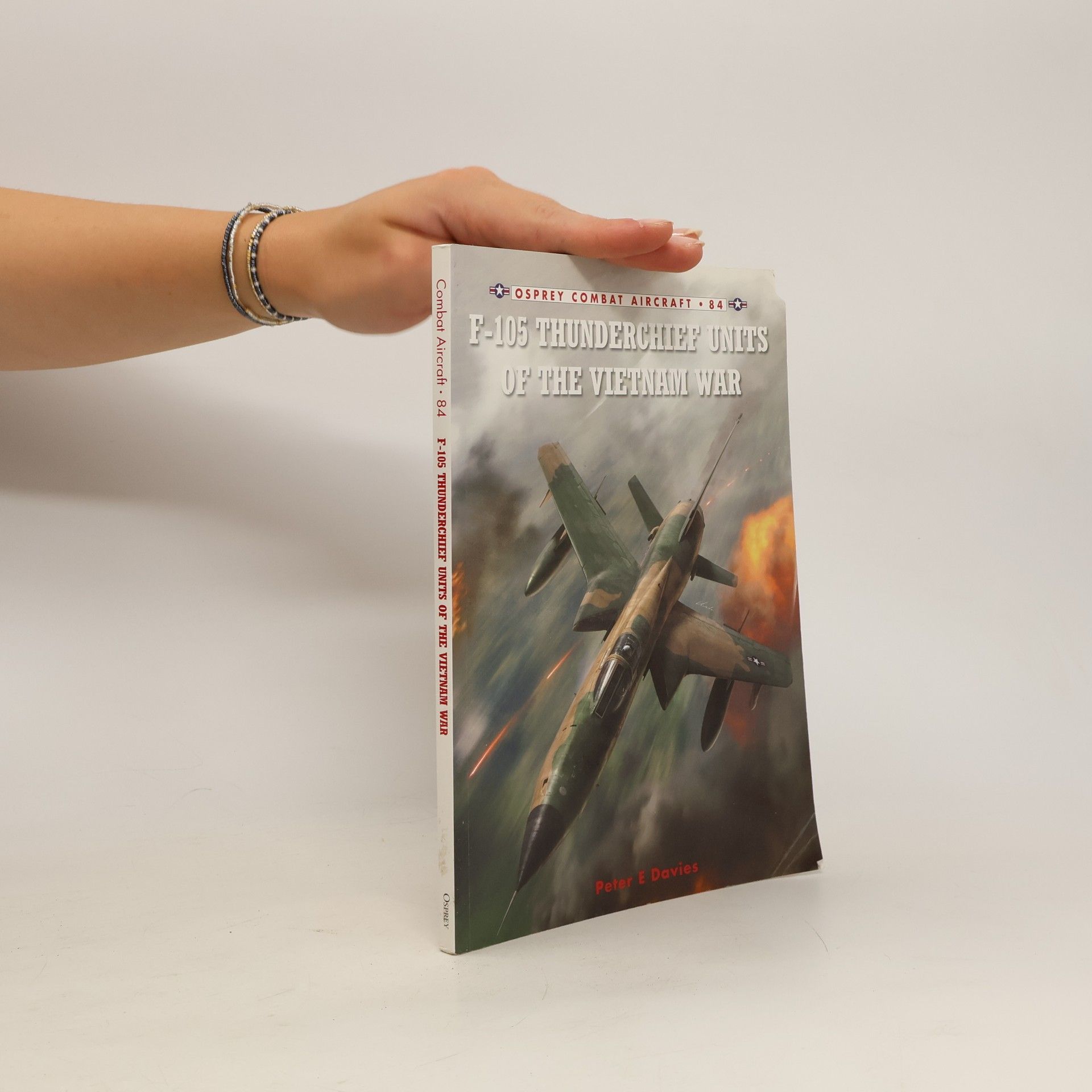Contains over 155,000 entries, with current meanings given first. Includes notes on usage, quoted and original examples, and several thousand illustrations.
Peter Davies Bücher
Peter Davies ist eine bekannte Persönlichkeit in den südafrikanischen Medien, der von einer Karriere im Nachrichtenjournalismus und als Herausgeber von SA Sports Illustrated zu seiner jetzigen Rolle als Moderator beim Pay-TV-Sender MNET überging. Sein journalistischer Hintergrund prägt wahrscheinlich sein scharfes Gespür für Erzählung und Details in seiner jetzigen Arbeit.






F-86A Sabre
- 80 Seiten
- 3 Lesestunden
Strap in alongside the Sabre pilots as they experienced the world's first large-scale jet-vs-jet combats. Brought to life with innovative tactical artwork and dramatic first-hand accounts from the pilots themselves. The F-86A Sabre had entered USAF service in 1949, and in December 1950 three squadrons were sent to South Korea. Despite primitive basing conditions and overwhelming Chinese opposition, the Sabre pilots stopped communist air forces from attacking UN ground troops and allowed Allied fighter-bombers to operate without threat of interception. The ensuing air battles between Sabres and MiG-15s were the first since World War II, and the last in recent times to involve large numbers of jet fighters in direct confrontation. In all of them the victorious F-86 pilots demonstrated the superiority of their training and tactics and the outstanding qualities of their Sabres. Contemporary photographs and specially commissioned artwork, including a dramatic battlescene, armament views, technical diagrams and ribbon diagrams illustrating step-by-step each main dogfight explored in the book, bring the experiences of the Sabre pilots and their battle tactics vividly to life.
B/EB-66 Destroyer Units in Combat
- 96 Seiten
- 4 Lesestunden
This journal reprints the history of the Elder Dempster company by Peter N. Davies, from 1852-1972, originally published in 1973. It includes an additional chapter, also by Peter Davies, on the history of the company from 1973-1989, covering its decline and final years. The purpose is to describe and analyse the economic history of the Elder Dempster shipping company and its predecessors, plus an account of West African and British economic backgrounds. The journal is divided into five parts, each concerning a different era in the company's history. Part 1 covers the formation of the African Steam Ship Company (which would eventually merge and become Elder Dempster); Part 2 covers the expansion of Elder Dempster and the partnership with Alfred Lewis Jones; Part 3 explores major historical events and their impact on Elder Dempster, including the Great War, the transition from war to peace, and the end of the Royal Mail group; Part 4 concerns the establishment of Elder DempsterLines Limited, the emergeance of successful rival companies, the Second World War and post-war reconstruction, and prediction for the company for the 1970s and beyond, as this part concluded the first edition of the history; Part 5 is a retrospective look at the 1970s and 1980s, and tracks the decline of Elder Dempster.
F-104 Starfighter Units in Combat
- 96 Seiten
- 4 Lesestunden
Although built in small numbers for the USAF, the F-104C fought and survived for almost three years in Vietnam. This book covers the technical characteristics of the F-104 Starfighter, one of the most widely-used and popular aircraft in history. It also features photographs detailing the variety of nose-paint schemes and weapons configurations.
F-102 Delta Dagger Units
- 96 Seiten
- 4 Lesestunden
This illustrated study explores the design, development, and deployment of the F-102, a groundbreaking fighter intended to combat the threat of Soviet nuclear-armed bombers.
UH-1 Huey Gunship vs NVA/VC Forces
- 80 Seiten
- 3 Lesestunden
"While the helicopter was essential for the US war effort the Vietnam experience also proved the validity of the gunship concept. This illustrated new history explores one of the hardest-worked and most effective of the helicopter types in-theater. Often described as the US Army's aerial jeep the UH-1 Iroquois ("Huey") was the general-purpose vehicle that provided mobility in a hostile jungle environment which made rapid troop movement extremely challenging by any other means. Hueys airlifted troops, evacuated casualties, rescued downed pilots, transported cargo externally, and enabled rapid transit of commanders in the field. Although "vertical aviation" had only become a practical reality during the Korean War helicopters evolved rapidly in the decade before Vietnam and by 1965 the US Army and US Marines relied on them as primary combat tools. This was principally because North Vietnam's armed forces had long experience of jungle operations, camouflage and evasion. Generally avoiding set-piece pitched battles they relied on rapid, frequent strikes and withdrew using routes that were generally inaccessible to US vehicles. They commonly relied on darkness and bad weather to make their moves, often rendering them immune to conventional air attack. Gunship helicopters, sometimes equipped with Firefly searchlights and early night vision light intensifiers, were more able to track and attack the enemy. Innovative tactics were required for this unfamiliar combat scenario and for a US Army that was more prepared for conventional operations in a European-type setting. One of the most valuable new initiatives was the UH-1C "Huey Hog" or "Frog" gunship, conceived in 1960 and offering more power and agility than the UH-1B that pioneered gunship use in combat. Heavily armed with guns and rockets and easily transportable by air these helicopters became available in large numbers and they became a major problem for the insurgent forces throughout the war. Covering fascinating details of the innovations in tactics and combat introduced by gunship helicopters, this book offers an analysis of their adaptability and usefulness in a variety of operations, while exploring the insurgent forces' responses to the advent of "vertical aviation.""--Amazon.ca
Facing the most formidably concentrated air defences in history, pilots of the F-105D flew against North Vietnamese targets day after day during the 43 months of Operation Rolling Thunder. This book illustrates the importance of the Thunderchief in the Rolling Thunder campaign. číst celé
An introduction to USAF squadrons happened just in time for the Vietnam conflict where USAF F-4Cs took over MiG-fighting duties from the F-100 Super Sabre. It deals with this topic.
A fully illustrated study into the extraordinary Convair B-36 during the Cold War.Conceived during 1941 in case Germany occupied Britain, when US bombers would then have insufficient range to retaliate, the B-36 was to be primarily a '10,000-mile bomber' with heavy defensive armament, six engines and a performance that would prevent interception by fighters. Although rapid developments in jet engine and high-speed airframe technology quickly made it obsolescent, the B-36 took part in many important nuclear test programmes. The aircraft also provided the US nuclear deterrent until the faster B-52 became available in 1955. It was one of the first aircraft to use substantial amounts of magnesium in its structure, leading to the bomber's 'Magnesium Overcast' nickname. It earned many superlatives due to the size and complexity of its structure, which used 27 miles of wiring, had a wingspan longer than the Wright brothers' first flight, equivalent engine power to 400 cars, the same internal capacity as three five-room houses and 27,000 gallons of internal fuel – enough to propel a car around the world 18 times. Much was made of the fact that the wing was deep enough to allow engineers to enter it and maintain the engines in flight. B-36s continued in the bomber and reconnaissance role until their retirement in February 1959 following 11 years in SAC. Convair employees were invited to suggest names for the giant aircraft, eliciting suggestions such as 'King Kong Bomber', 'Condor', 'Texan' and 'Unbelievable', but the most popular was 'Peacemaker'. Oddly, objections from religious groups deterred the USAF from ever adopting it officially.This fully illustrated volume includes first-hand accounts, original photographs and up to 30 profile artworks depicting in detail the complexity of this superlative aircraft.

